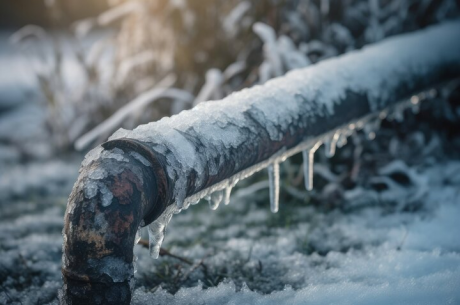Are you tired of cleaning your house every day, only to find that there’s still dust everywhere? It may be time to have your air ducts cleaned.
Cleaning the vents is a straightforward process, and it usually doesn’t take too long. However, depending on what’s inside your vents, the duration can significantly vary. As a homeowner, It’s important to know how the air duct cleaning process goes, regardless of whether you’re living in an old home where the air ducts haven’t been cleaned for a long time or you’re simply gone way past your regular cleaning schedule.
Here are the steps in the air duct cleaning process.
1. Initial Inspection
The duct cleaning technicians will visit your property to perform a thorough assessment of your entire air duct system. During this step, they will check the condition of your air ducts and determine all the access points to your ductwork to determine the best approach. After this, they will begin with the actual cleaning process.
2. Negative Pressure Vacuum
The technicians will use a truck-mounted vacuum to suck out all debris and dust in your ductwork. Some duct cleaners use a portable vacuum instead of a truck-mounted one—it just works the same regardless. This vacuum isn’t just inserted anywhere the technicians desire; it must be hooked to the closest duct to your HVAC’s air handler. Each register must be sealed with an adhesive cover to ensure optimal results before turning the vacuum on.
3. Dust Agitation
The cleaning technician will expose every register and clean the ducts one at a time once the system is put under negative pressure. The amount of time spent per register is one factor that separates a NADCA-certified duct cleaning contractor from a fly-by-night firm.
Poorly trained workers have been known to leave after a short burst from an air compressor and a spray of disinfectant—a useless method that frequently leads to dust being blasted back into your home. Assuring that dust is released and drawn into the vacuum collecting device requires the use of rotating brushes, compressed air equipment, and basic vacuum cleaners by legitimate technicians.
4. Cleaning
According to the NADCA, it’s important to clean all the components of your HVAC system, such as the drain pan and evaporator coil. This is because if you don’t clean it, the dust particles in your HVAC system will still spread on your ductwork and home, making it dirty in a short span of time.
5. Final Inspection
Once everything is cleaned, the technician will perform a final inspection to ensure that they didn’t miss any spots. If they did, they will do a second cleaning so that you can be sure to enjoy a cleaner air duct system for longer. Of course, only a duct cleaning company you can trust will be willing to go above and beyond to ensure this.
The Importance of Air Duct Cleaning

Your family breathes the same air that is moving through the ducts on a daily basis. If you leave your ducts unchecked, they may start to hold allergens like pet dander and dust that can later re-enter your living area through supply registers. These particles might not necessarily cause trouble for those with a clean bill of health, but that’s not the case for those who have asthma, allergies, or other respiratory conditions. Moreover, the dust and debris in your air ducts restrict your HVAC’s airflow, making it work harder than it should.
Cleaning your air ducts regularly helps maintain clean air and keep airborne contaminants out of your home. At the same time, you also boost your HVAC’s energy efficiency and prolong its life expectancy. Think about it as being as important as regularly scheduling a dryer vent cleaning.
Conclusion
Now that you know how air duct cleaning works and how important it is, you won’t have to think twice about having it professionally cleaned. If you want to make sure that your air ducts are properly cleaned, we recommend you hire an established professional duct cleaning specialist to do the work for you.




 PuroClean of Myrtle Beach
PuroClean of Myrtle Beach